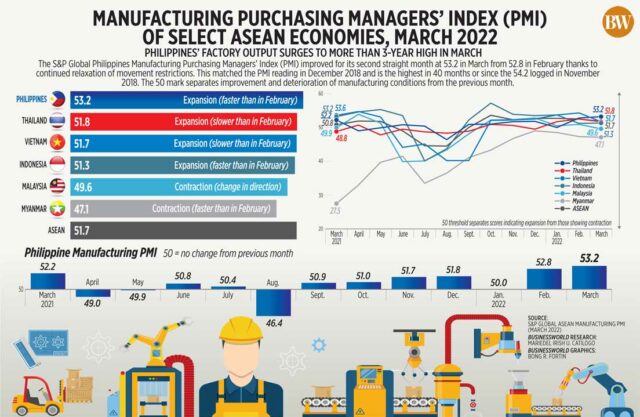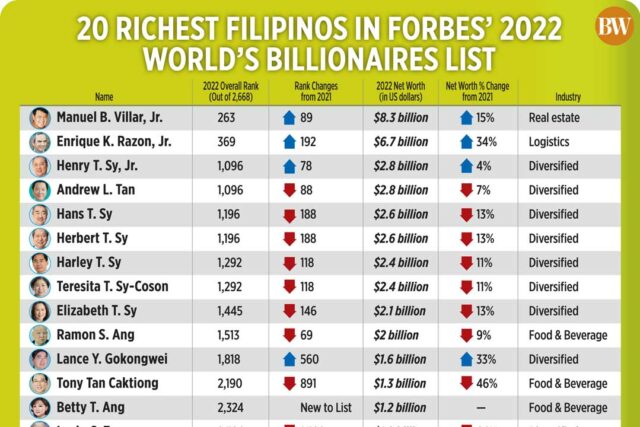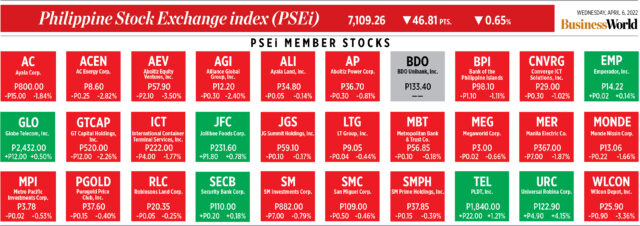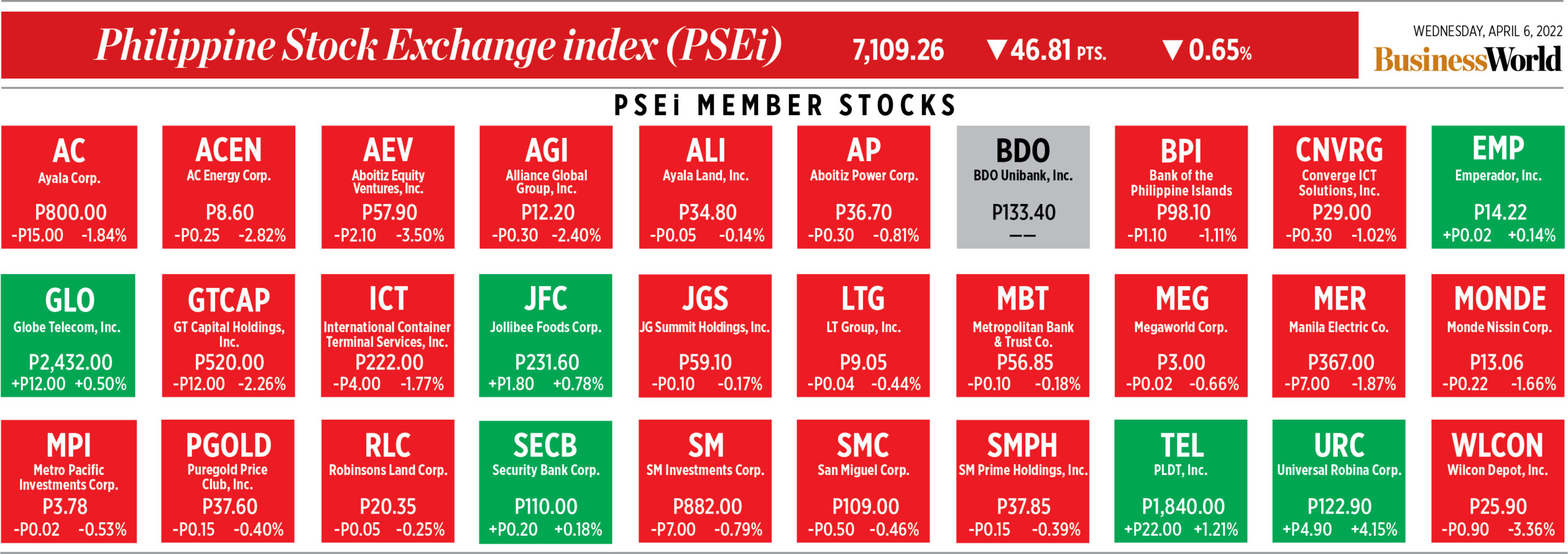THE SHUDDER seen in US stocks and bonds Tuesday looks set to spread as investors wake up to the likely impact on markets of a quicker-than-expected rundown of the US Federal Reserve’s $9 trillion in debt holdings.
Fed Governor Lael Brainard sent shockwaves through markets when she said the central bank would start balance sheet reduction “at a rapid pace” as soon as next month. Interviews with investors before Ms. Brainard spoke showed many suspected risk assets had yet to account for such a sharp pullback from historically easy money, with equity and credit markets singled out for being unusually calm as quantitative tightening loomed.
Many investors are still under the notion US policy makers will balk at causing a risk-asset sell-off — the so-called Fed put — according to Ron Temple, head of US equities and co-head of multi-asset at Lazard Asset Management in New York.
“If you’re at the Fed and you want to tighten financial conditions, that means lower equity prices, wider credit spreads and higher interest rates,” Mr. Temple said. “So if anyone believes the Fed wouldn’t dare lower equity prices, they’re sadly mistaken.”
LIQUIDITY PULL
Alongside over-aggressive rate hikes, a faster-than-expected rundown of the Fed’s balance sheet is a second policy move with the potential to destabilize global markets, investors say. Not only does it mean a key buyer of Treasuries has disappeared but shrinking the Fed’s balance sheet pulls liquidity from the financial system which can result in higher borrowing costs and spikes in volatility across asset classes.
“Given that the recovery has been considerably stronger and faster than in the previous cycle, I expect the balance sheet to shrink considerably more rapidly than in the previous recovery,” Ms. Brainard said, adding that the “caps” set to govern the pace of asset roll-off could be “significantly larger” and phased in much faster than last time around.
When the Fed last shrank balance sheet back in 2017, it began with monthly caps of $6-billion Treasuries and $4-billion mortgage-backed securities, rising over the course of a year to $30 billion and $20 billion. But despite the caps, the rolloff still helped fuel a disruptive spike in repo rates, a keystone of short-term funding markets.
The risk is that the Fed might be underestimating how much tightening will result from balance sheet reduction, said Lazard’s Temple. He sees trouble particularly for tech stocks with valuations that are heavily dependent on cash flow projections far into the future and suggested the recent weakness in bank stocks — which are supposed to benefit from rising rates — reflected fears of credit losses in a growth downturn.
“The history of the Fed is that they tend to tighten till something breaks,” said Christopher Alwine, head of credit at Vanguard Fixed Income Group.
SCALE OF IMPACT
The impact of the Fed’s portfolio unwind is hard to quantify. Officials have suggested that the runoff would be roughly equivalent to as little as one rate hike, but others are skeptical. Deutsche Bank said its forecasts of a $1.9-trillion balance sheet run off to the end of 2023 — around the upper end of the spectrum — equated to as many as four quarter-point rate hikes.
Futures markets are already pricing in the equivalent of almost ten 25-basis- point rate hikes from the Fed up until the beginning of February next year.
“It’s hard for me to say that the market has completely priced in QT,” Tai Hui, chief Asia market strategist at JPMorgan Asset Management said at a briefing Wednesday. “However, I do feel confident in saying that part of the QT has already been reflected in bond prices.”
Hui expects 10-year Treasury yields to gradually creep up toward 3% by the end of the year, with a “manageable” impact on technology and health care stocks — as long as the rise is “orderly.”
VALUATION WORRY
But with equity indexes having largely returned to levels prior to the start of the conflict in February, there’s a higher potential for prices to drop sharply in an environment of reduced liquidity, according to Pilar Gomez-Bravo, an investment officer and director of fixed income at MLS Investment Management in London.
“It would be okay if the starting level of valuations were palatable,” she said. “It’s quite scary in some cases. What that means to me as an investor is that you have a higher risk of highly correlated moves when things correct and therefore gap moves in prices.”
Minutes from the Fed’s March meeting due Wednesday will be closely scrutinized as they are expected to provide more insight into their balance sheet plans.
Brainard’s comments suggests the Fed are going to use quantitative tightening as a tool — a negative for financial assets — said Kevin Muir, a former institutional equity derivative trader who now writes the MacroTourist newsletter. That will cause financial conditions to tighten more quickly, he said.
“An increase in the pace of tightening of QT should mean lower stocks, wider credit spreads and a slight reduction in the need for front-end hikes,” he wrote. “Using the balance sheet as a tightening tool represents a large change in the Fed’s attitude, and IS NOT priced into the market.” — Bloomberg
















